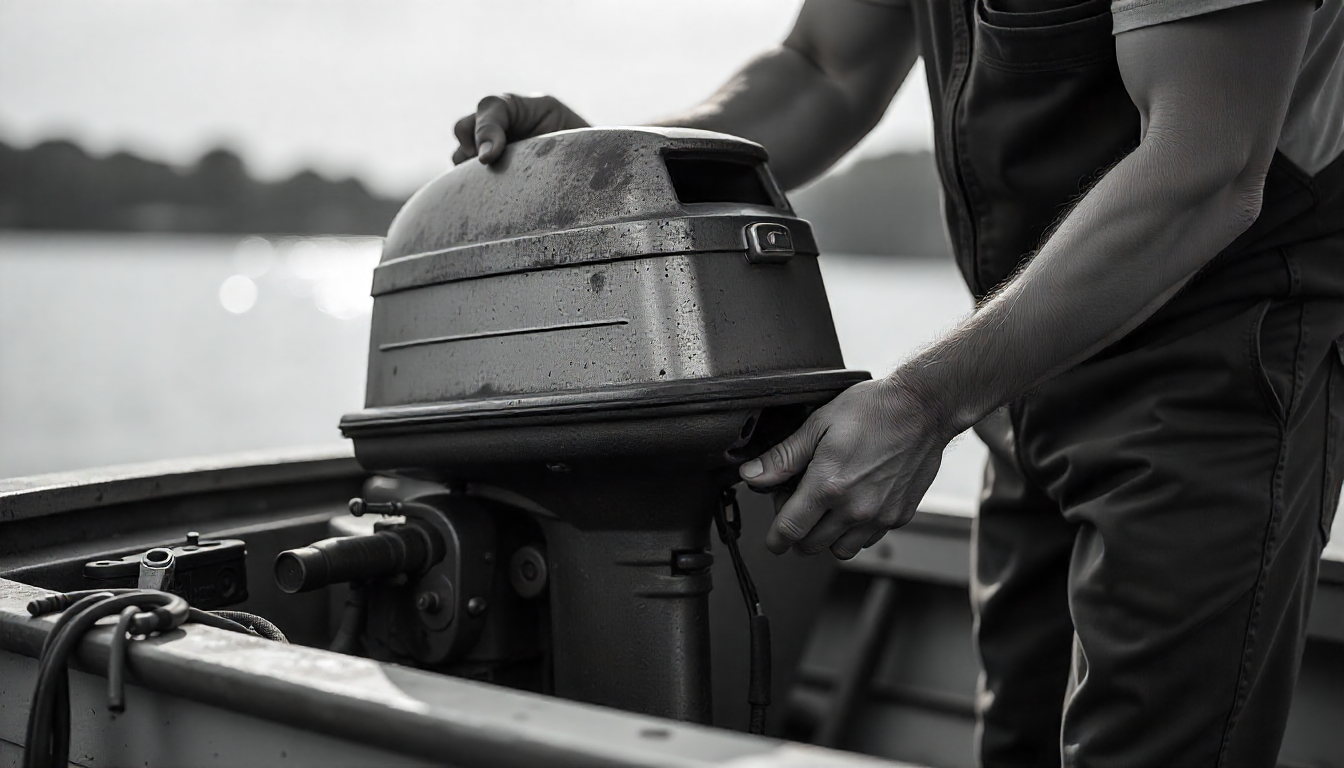Taking care of your boat’s power system is essential if you want reliability on the water, and nothing does that better than following a detailed Outboard Motor Tune-Up Guide. A well-maintained outboard motor runs more smoothly, burns fuel more efficiently, and avoids breakdowns during your fishing trips or leisure cruises. This guide will walk you through every step, from changing spark plugs to checking lower unit oil, so you can keep your engine in top condition.
Why Every Boat Owner Needs an Outboard Motor Tune-Up Guide
Skipping regular maintenance shortens engine life and increases the risk of costly repairs. An Outboard Motor Tune-Up Guide isn’t just a handy checklist—it’s your roadmap to keeping the motor, lower unit, and fuel systems healthy. By inspecting the lower unit, replacing spark plugs, and refreshing oil, you ensure the engine performs well in all conditions. Think of it as preventive care that keeps your outboard in good condition year-round.
Tools and Supplies for Your Tune-Up
Before you start, gather the necessary tools to work efficiently. Having everything ready ensures you won’t miss any steps in the guide.
You’ll need:
- New spark plugs and plug wrench
- Fresh lower unit oil and gear oil pump
- Engine oil and oil filter (for 4-stroke motors)
- Marine fuel stabilizer
- Grease gun with marine grease
- Screwdrivers, socket set, and pliers
- Water hose with flush attachment
Always keep your owner’s manual nearby to refer to specific torque specs and service intervals for your engine.
Step 1 – Replace Spark Plugs
Spark plugs are small but critical. Worn or fouled plugs can make it hard to start the engine, cause misfires, and reduce fuel efficiency. Remove each plug, check for carbon deposits or cracks, and replace if necessary.
Install new spark plugs at the correct gap. Even brand-new plugs may need adjustment based on your engine’s specifications.
Step 2 – Change Engine Oil and Oil Filter
For 4-stroke outboard engines, regular oil changes protect against internal wear. Warm the engine slightly before draining oil to help it flow out. Replace the oil filter so contaminants don’t circulate inside. Refill with marine-grade oil suited for your specific engine model.
Neglecting oil changes or ignoring a clogged oil filter can dramatically shorten the life of your motor.
Step 3 – Check Lower Unit Oil
The lower unit houses the gearing that drives the propeller. Drain the lower unit oil and inspect it for a milky color, which signals water intrusion. If you see this, the seals may need replacement.
Refill with fresh gear oil, pumping from the bottom drain hole until oil flows from the top vent—this eliminates air pockets.
Step 4 – Maintain the Fuel System
The fuel system needs attention to prevent engine issues. Inspect hoses for cracks or leaks, replace fuel filters, and add marine fuel stabilizer if the boat will be idle for long periods.
For carbureted motors, clean or rebuild the carburetor every couple of seasons. Fuel-injected outboard motors require less cleaning but still benefit from periodic injector maintenance.
Step 5 – Cooling System Checks
An overheating engine can quickly become a major problem. Inspect the water pump impeller regularly and replace it every two to three seasons. Flush the cooling system with fresh water after every saltwater trip to reduce corrosion.
Step 6 – Lubricate and Inspect Moving Parts
Grease the steering, throttle linkages, and propeller shaft. Remove the propeller to check for fishing line wrapped around the shaft—a common cause of lower unit seal damage.
Proper lubrication not only reduces wear but also protects against rust.
Step 7 – Test After Maintenance
After finishing all steps, connect the fuel, attach a flush hose, and start the engine. Check for smooth idle, consistent water flow from the telltale, and proper shifting between gears. Make final adjustments to idle speed or throttle as needed.
Seasonal Storage Tips from the Outboard Motor Tune-Up Guide
When storing your boat for the off-season:
- Change engine oil and replace filters.
- Fill the fuel tank and add stabilizer.
- Disconnect and store the battery in a dry location.
- Tilt the engine down to drain water completely.
Following these storage tips prevents corrosion, fuel degradation, and start-up problems next season.
Troubleshooting Issues
Even with good maintenance, problems can arise:
- Hard starting: Could be old fuel, worn spark plugs, or clogged filters.
- Loss of power: Often caused by water in the lower unit oil or dirty carburetor.
- Overheating: Usually from a worn impeller or blocked cooling passages.
Addressing small issues early keeps you from losing valuable time on the water.
Przemyślenia końcowe
A well-executed Outboard Motor Tune-Up Guide isn’t just about ticking boxes—it’s about ensuring your boat’s engine is reliable, efficient, and ready for every trip. By keeping up with spark plugs, lower unit oil, and seasonal care, you’ll extend the life of your motor and enjoy trouble-free boating for years to come.


